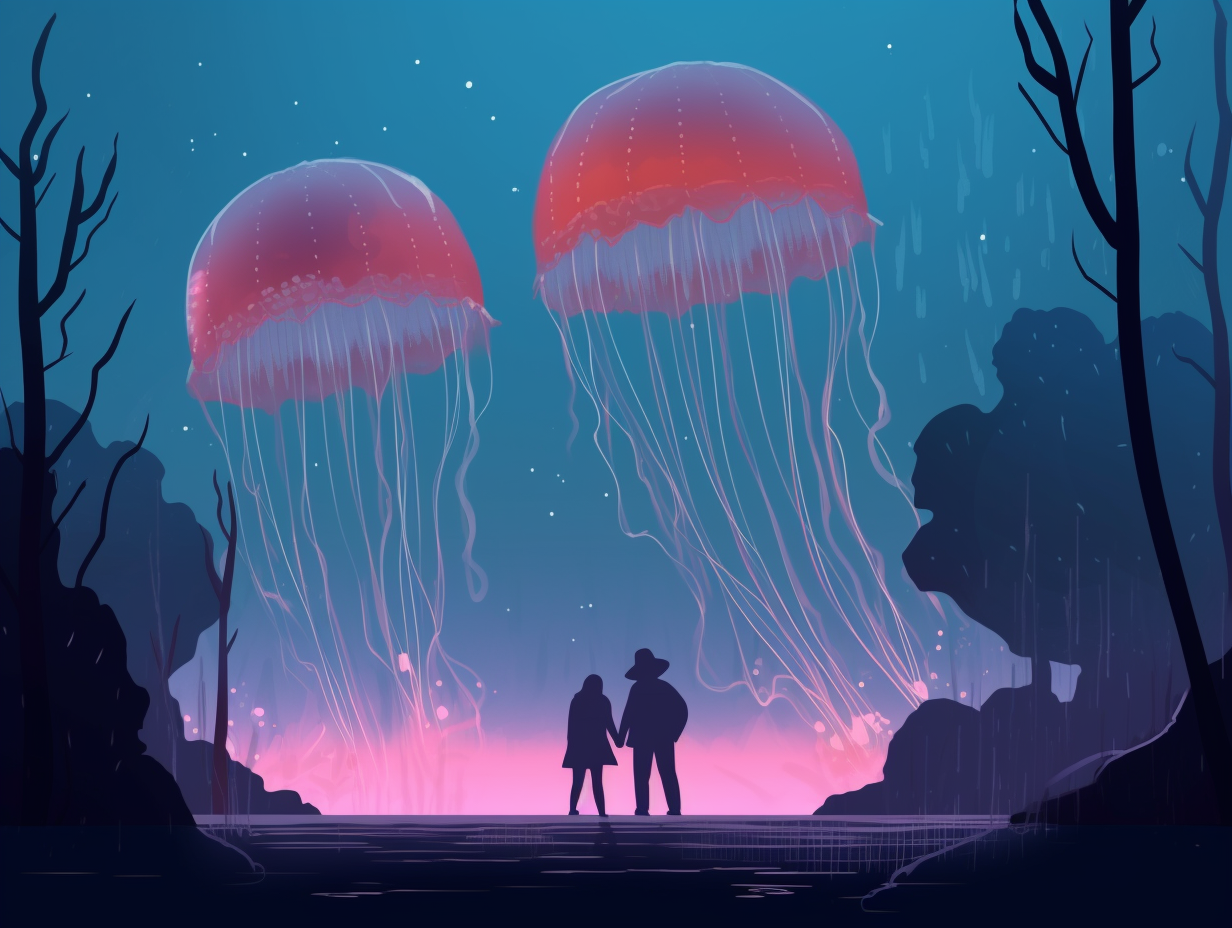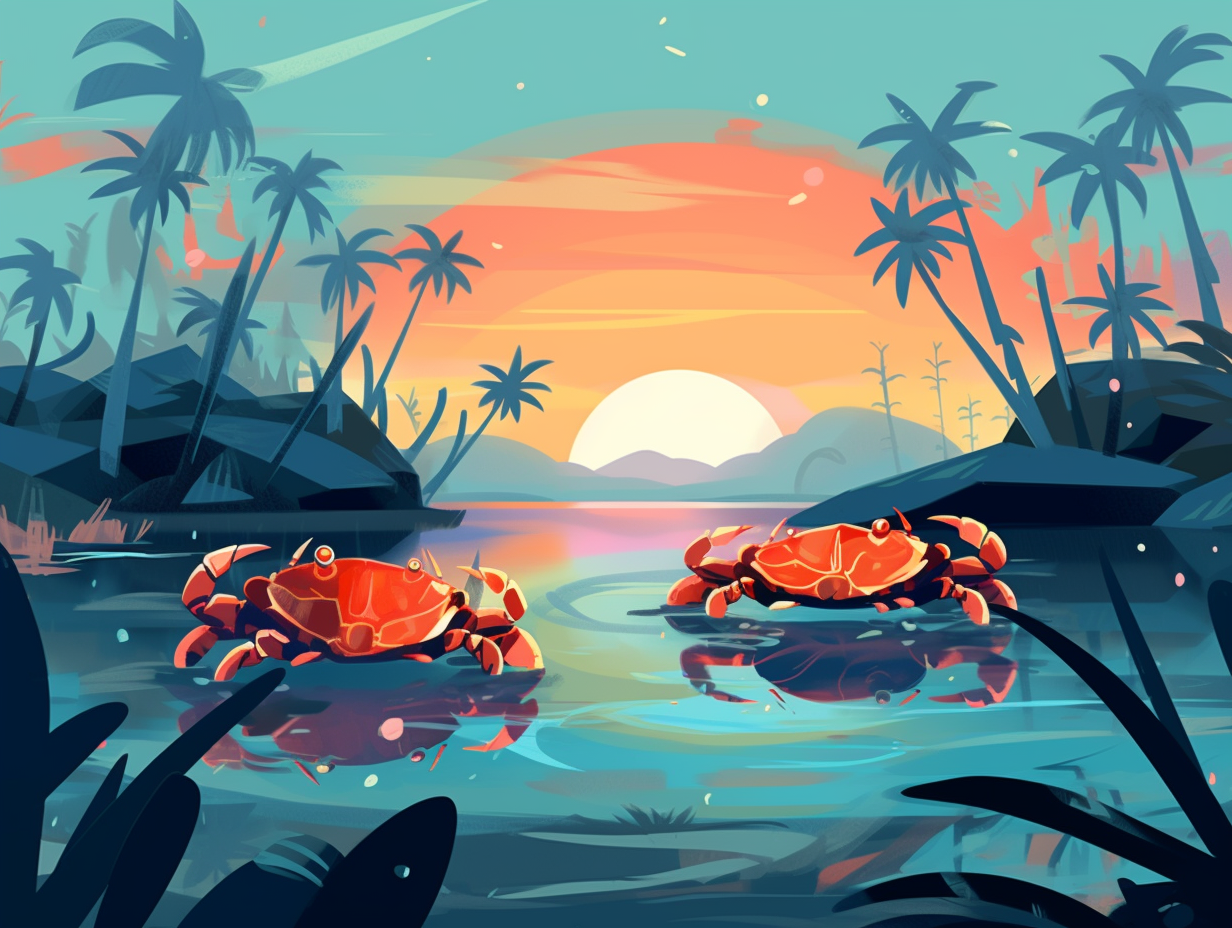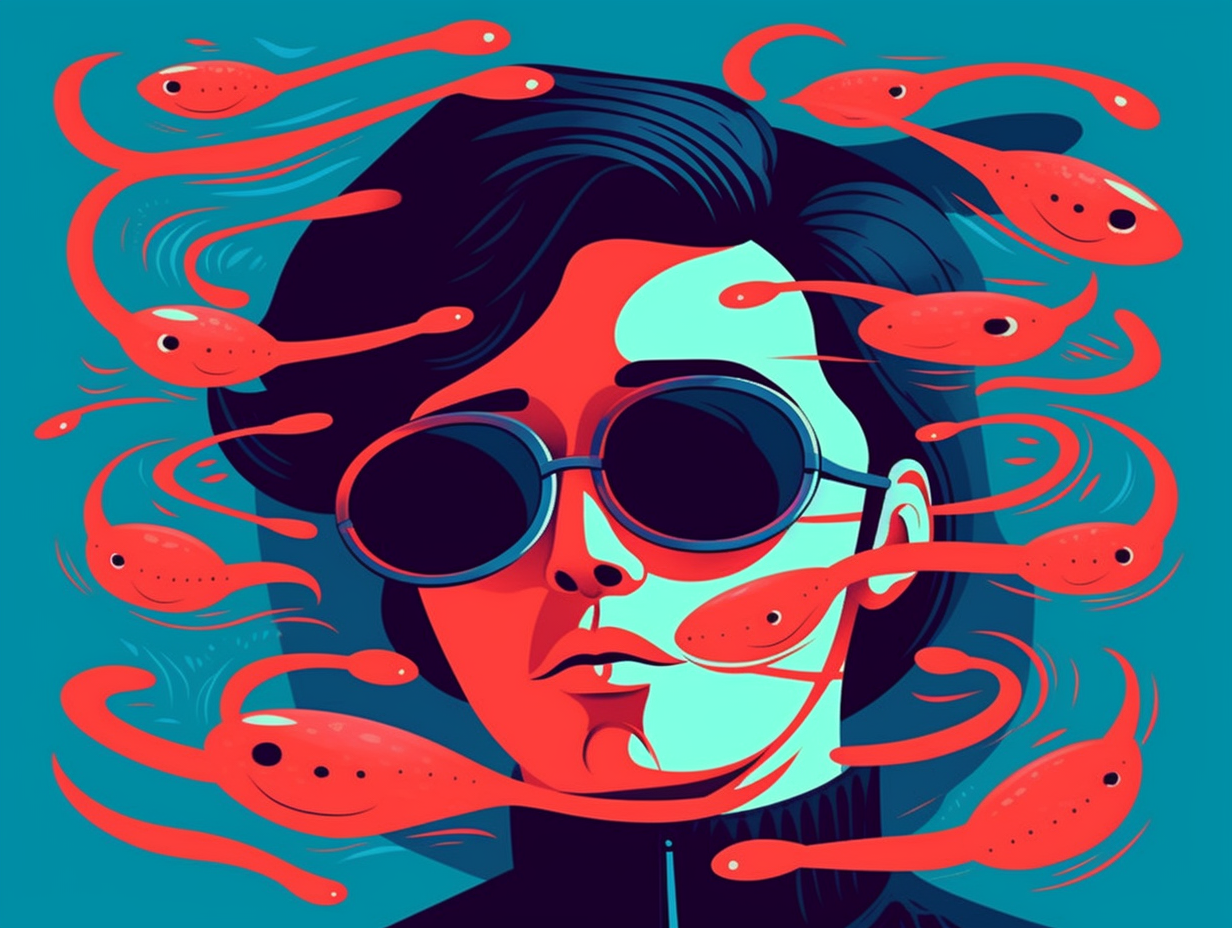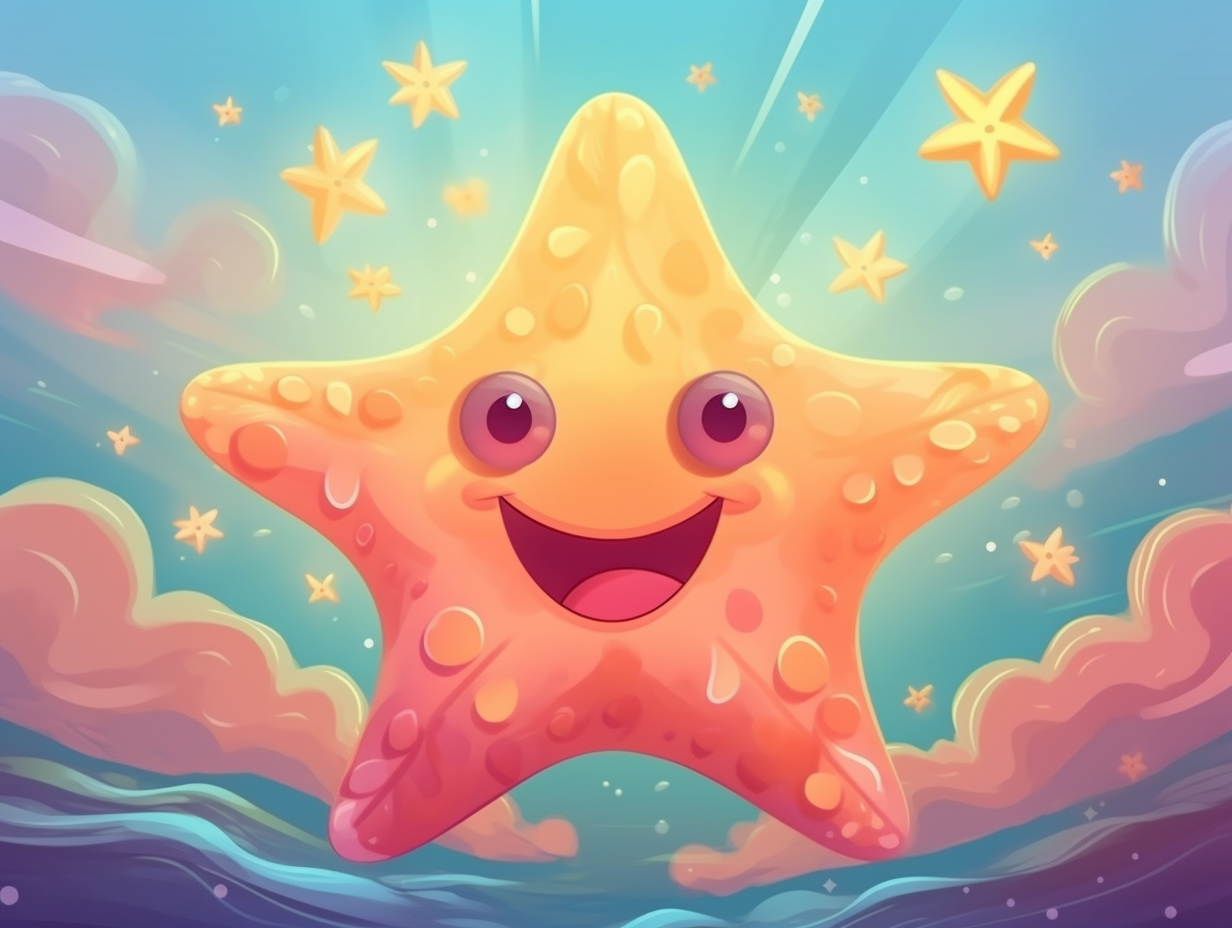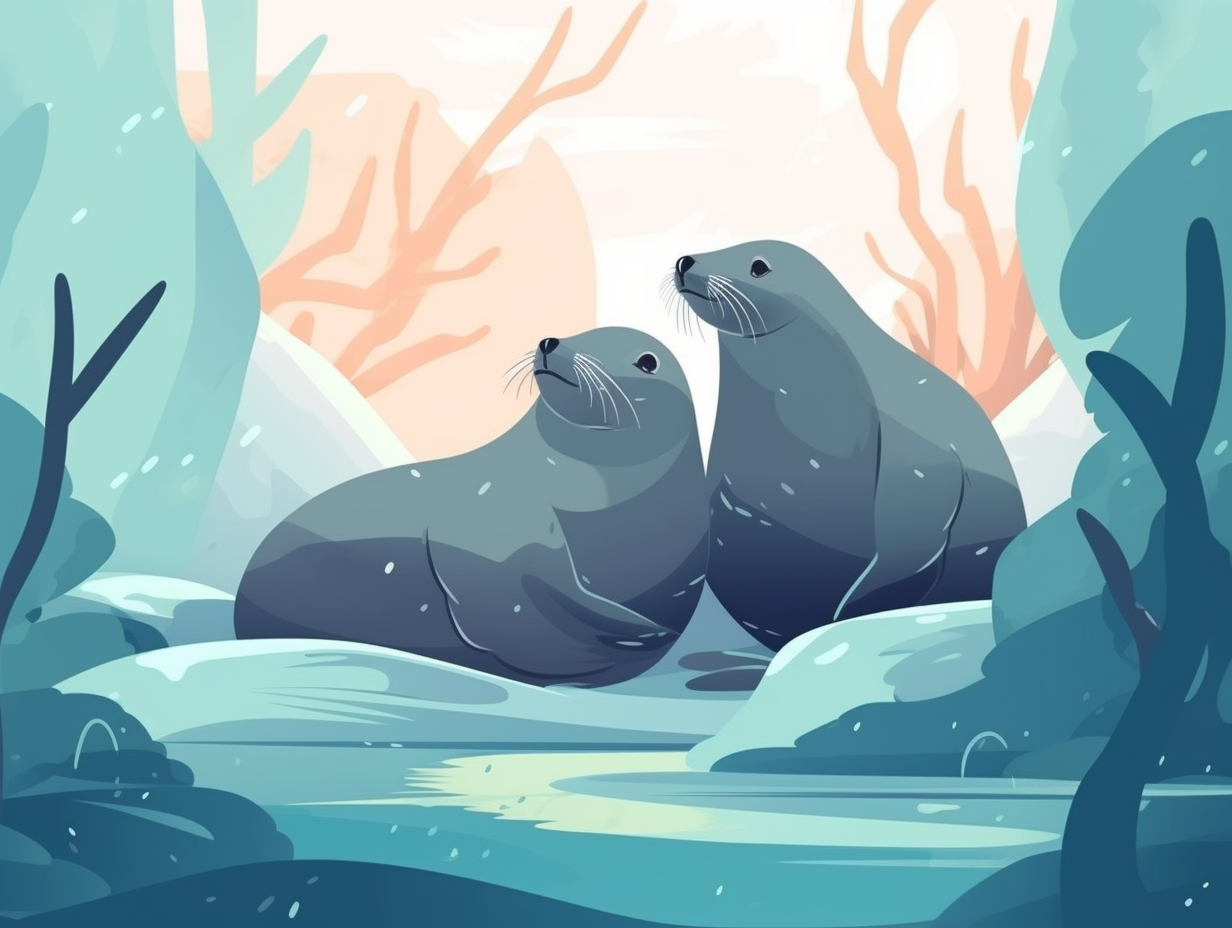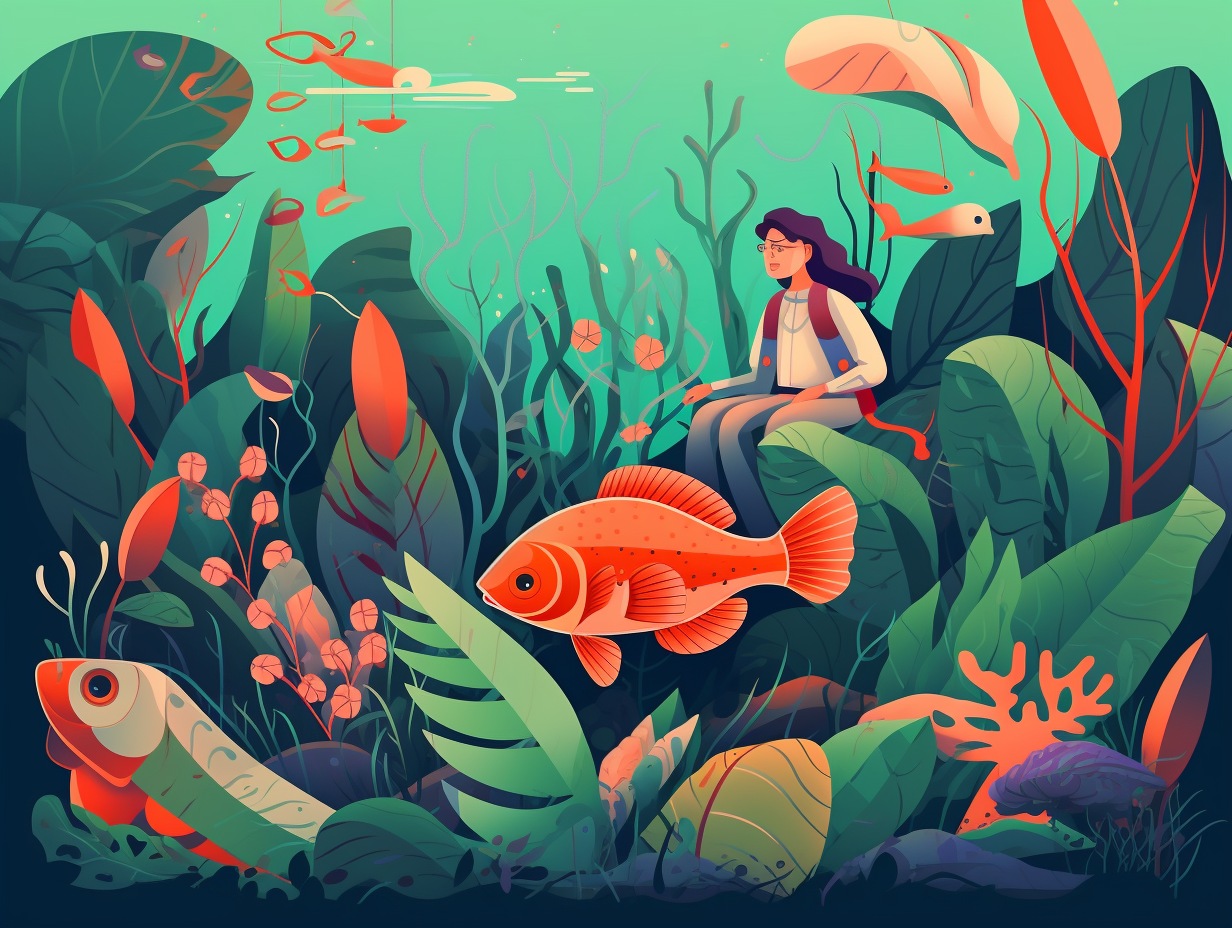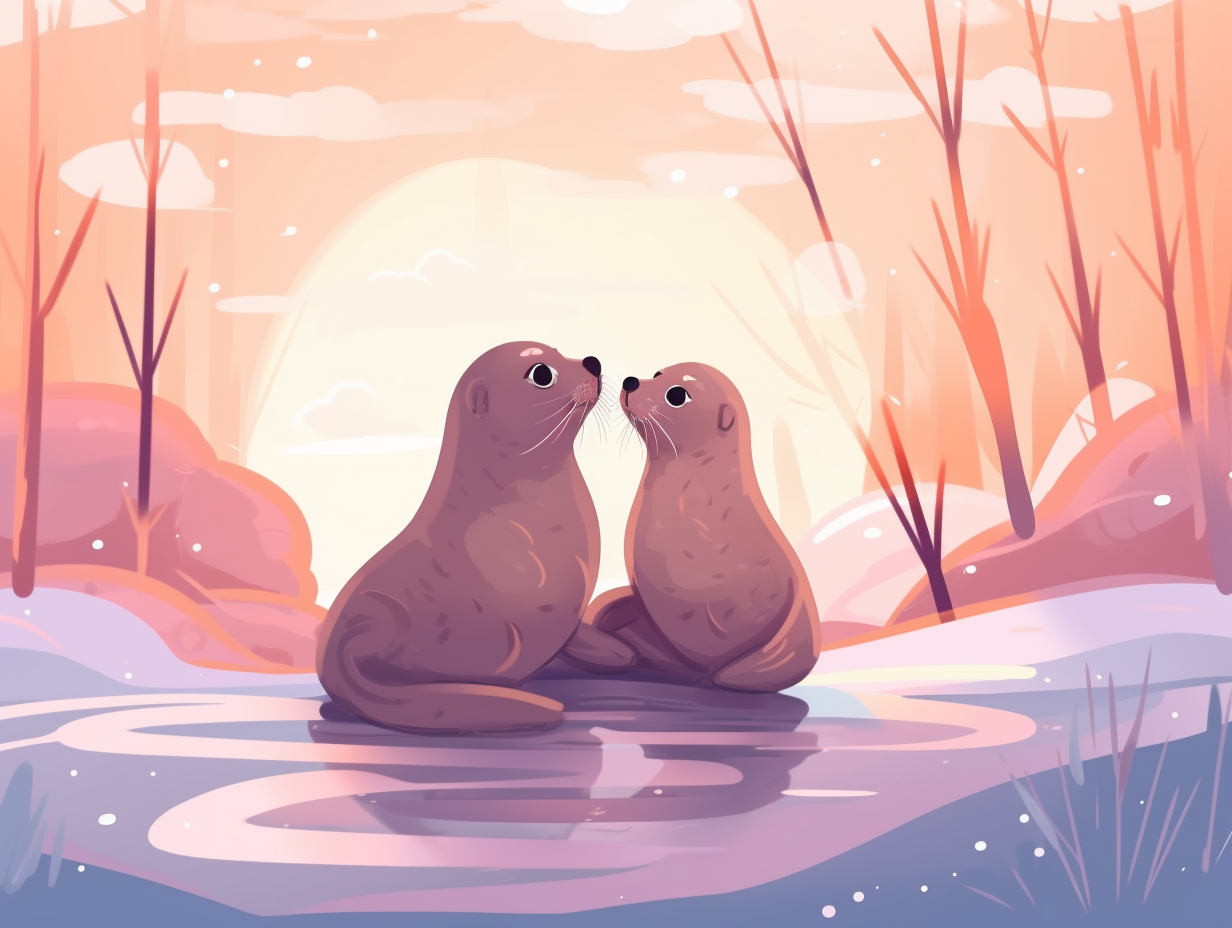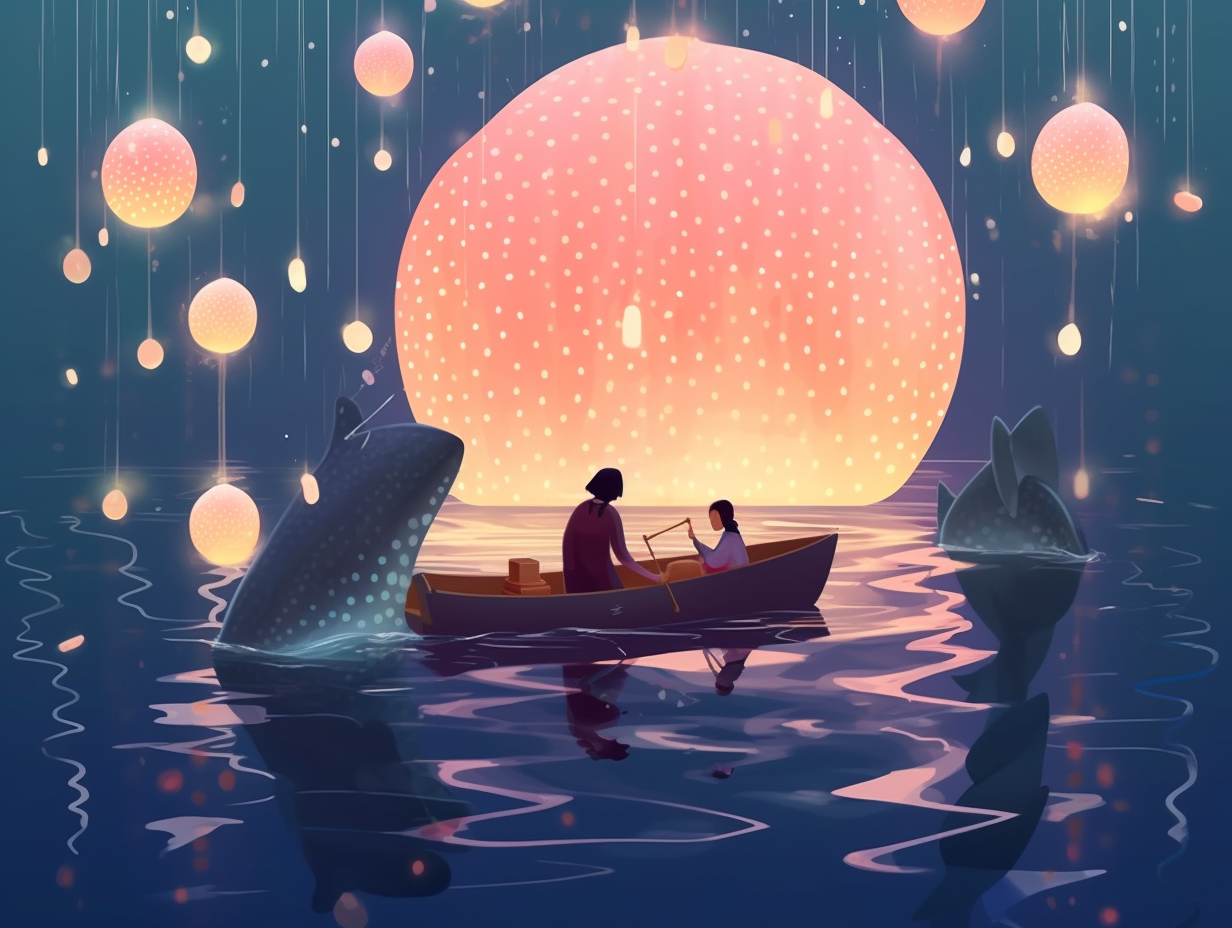Discover the Wonders of the Deep: Top 13 Amazing Fun Facts About Mollusks

1. Cephalopod Color Conversations
The next time you walk into a mollusk bar, you might just catch an octopus channeling its inner Beyoncé: "Who run the world? Squids!": Cephalopods, including squids, octopuses, and cuttlefishes, don't just change their skin color and pattern for camouflage but also to communicate with their fellow invertebrates. Male Caribbean reef squids flirt in red and throw out white signals to keep rivals at bay, while the Humboldt Squid's flashing colors are believed to be their unique silent disco-esque mode of conversation.
Source => ocean.si.edu
2. Slug-inspired Medical Glue
Snails, slugs, and sticky situations! Have you ever found yourself wishing you could harness the incredible adhesive powers of a slug? Well, buckle up, slug-lovers, because your slimy dreams are about to come true: Researchers at Harvard University have studied the Dusky Arion slug and its remarkable mucus-production skills, leading them to create a new family of medical glues that are strong, stretchy, sticky, and nontoxic, even on wet surfaces – a breakthrough that could revolutionize the world of medical adhesives!
Source => nih.gov
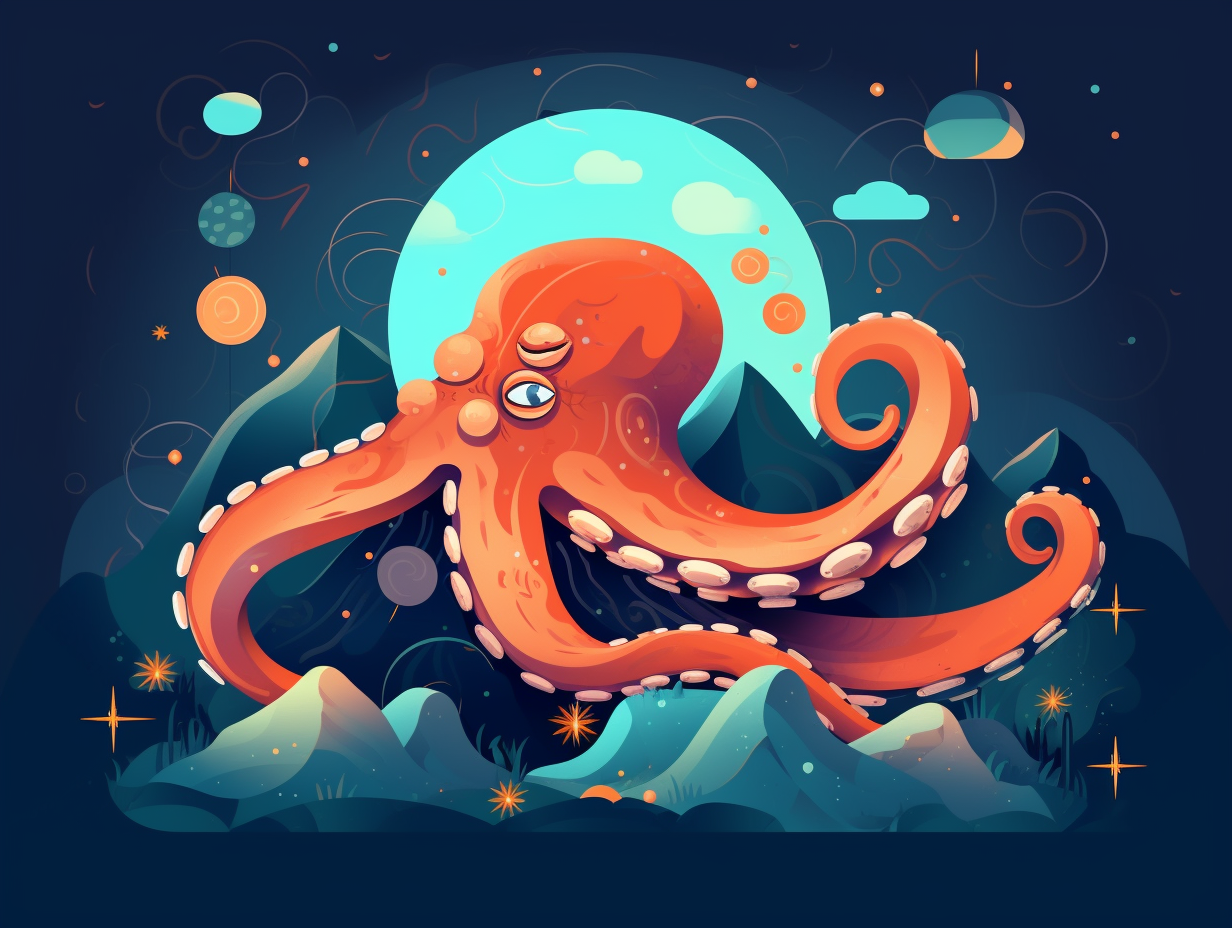
Did you know octopuses are nature's ultimate contortionists? 🐙 Discover how these boneless creatures can squeeze through tiny spaces, limited only by the size of their beaks!
=> Fun Facts about Octopus
3. Hermit Crab Fashionista
When hermit crabs aren't busy exploring real estate options, they're getting their claws on the latest in underwater interior design: Some hermit crabs decorate their shells with sea anemones, enhancing their protection and camouflaging them from predators in a fashionable manner. This fascinating trend can be spotted among the chic crustaceans of both land and sea.
Source => wonderopolis.org
4. Mighty Mollusk Teeth
They say laughter is the best medicine, but it seems mollusks might have a more solid prescription: they're armed with teeth made of the strongest natural material known to humankind! No joke here: mollusks possess teeth made from a mixture of goethite nanofibers and a protein matrix, which tests from the University of Portsmouth have shown to withstand pressures that are capable of turning carbon into diamond – putting their dental fortitude well ahead of Kevlar, on par with top-tier carbon fibers, and undeniably stronger than spider silk. Now that's something to chew on!
Source => smithsonianmag.com

5. Octopolis: Underwater City
Move over, SpongeBob SquarePants, the underwater metropolis game has a new player: Behold Octopolis, the bustling city built by the supposedly solitary gloomy octopus in Jervis Bay, Australia. With a real-estate market marked by rock outcrops and discarded shells, these eight-legged architects have proven that even the most antisocial of creatures can't resist the allure of city living: Although they're known for their solitary ways, these octopuses display aggression, chases, and den evictions, proving that in the underwater world, finding a good neighbor is still just as challenging as it is on dry land.
Source => nhm.ac.uk
6. Cone Snail Espionage
In their quest for a sumptuous meal, cone snails turn to a life of crime – breaking out their venom and diving into biological espionage. But don't worry; they prefer shellfish over stand-up comedians: These devious mollusks employ a myriad of tactics, such as releasing paralyzing toxins or inducing hypoglycemia, to immobilize their prey. Cunningly, some cone snails even mimic the pheromones of their victims, luring marine worms with the false promise of love, only to bring forth their untimely demise.
Source => theatlantic.com
7. Disco Clams and the Reef Party
Giant clams: the DJs of the sea, laying down colorful vibes and wicked algae mixes on their reef decks. But they're also busy snackin' on a buffet of waterborne treats and rocking a simultaneous hermaphrodite love life: Giant clams obtain food through filter feeding and a symbiotic relationship with photosynthesizing algae, which also provide their vibrant colors. Their reproduction involves external fertilization, and their protein-rich soft body has led to overexploitation. Luckily, conservation efforts and aquaculture are striving to save these disco mollusks from extinction.
Source => oceana.org
8. Cuttlefish's Smooth Dating Hack
Next time you're at a party, channel your inner cuttlefish for a smooth dating technique: Male cuttlefish have been observed using their color-changing abilities to mimic female patterns on one side of their body while displaying typical male patterns on the other when courting a female, fooling rival males into thinking there are only two females present and buying them extra time to woo their prospective mate successfully.
Source => livescience.com
9. Jet-propelled Mollusk Marvels
In a feat worthy of superhero comics, mollusks like octopus, squid, and cuttlefish can fire themselves through the water like aquatic missiles, leaving Poseidon green (or blue) with envy: These marvelous mollusks effortlessly employ jet propulsion by filling their muscular mantle cavity with water and expelling it through a siphon, resulting in breathtaking speeds and agility that make even the Flash look sluggish in comparison.
Source => sciencefriday.com
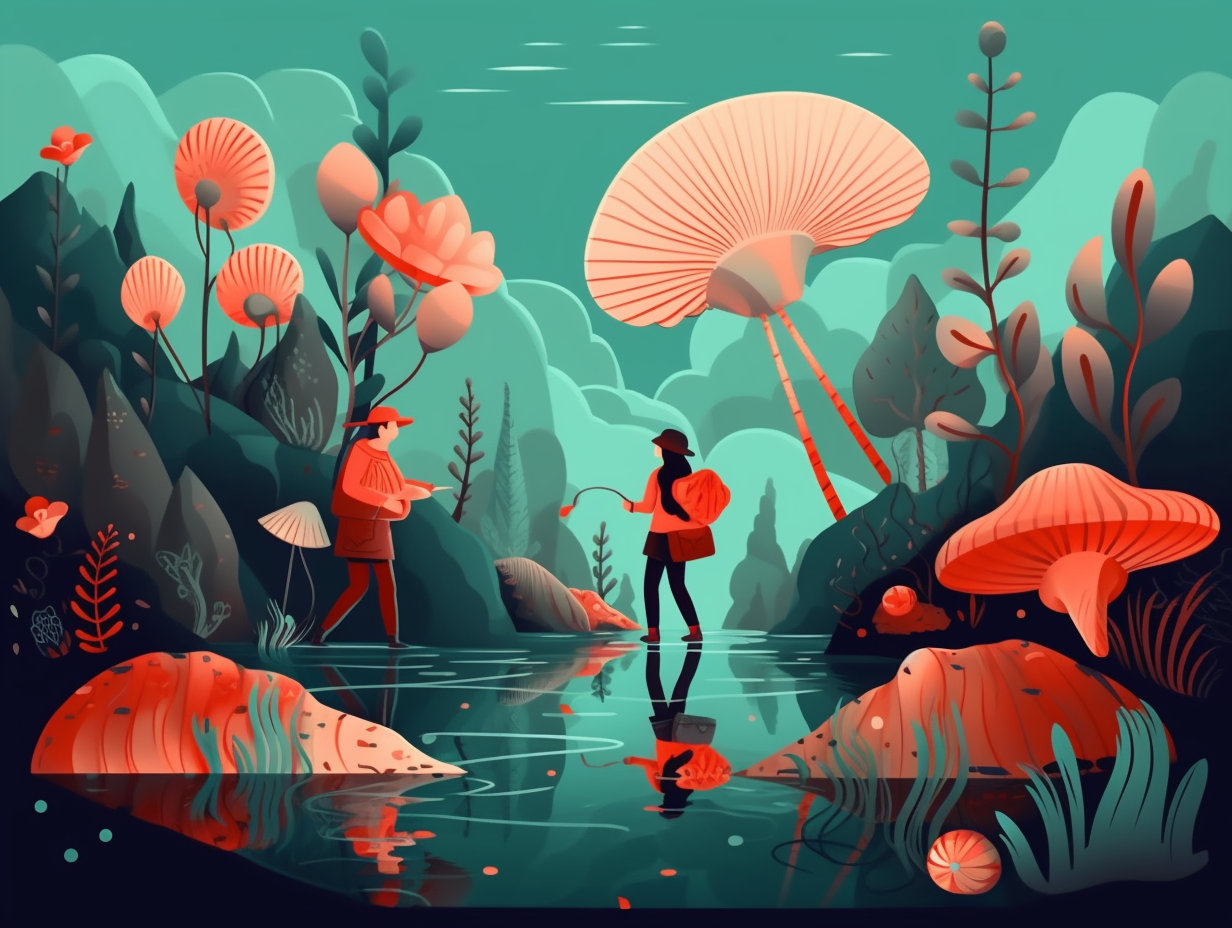
10. Up, Up, and Away with Squid Airways!
Who needs a rocket when you could ride a squid? Squid Airways, at your service: The flying squid can actually launch itself out of the water using its mantle and funnel, travelling up to 100 feet in just 3 seconds and soaring as high as 10 feet above the surface. It glides gracefully by spreading its fins and tentacles, forming wings with a membrane between the tentacles to catch air and create lift, truly giving birds a run for their money.
Source => carnegiemnh.org
11. Octopus Food Play
Whoever said playing with your food was a bad thing, clearly never met an octopus: these crafty cephalopods boast impressive cognitive skills, enabling them to invent new behaviors and problem-solve like a pro, even pushing and pulling food through a tiny hole in their tank. Though they ditch the friendship drama and age-related wisdom of some intelligent creatures, they've evolved big brains for navigating the ocean's challenges with ease and finesse.
Source => nytimes.com
12. Teeny Tiny Gastropod Champions
Whoever said, "Size doesn't matter" must have been talking about these tiny mollusks that prove miniature is mighty in the gastropod world: The Angustopila dominikae snail, measuring a mere 0.03 inches (0.86 millimeters) tall, may be the tiniest terrestrial snail, but it isn't alone in its small stature; microgastropods like Angustopila subelevata and Angustopila szekeresi, clocking in at 0.036 inches (0.91 mm) and 0.04 inches (1.03 mm) respectively, make up the majority of the diversity in tropical land snails.
Source => finance.yahoo.com
13. Octopus's Ultimate Sacrifice
Next time someone calls you an "overprotective parent," remind them of the extreme sacrifice the female octopus undergoes: These eight-armed moms reproduce only once in their lifetime, and they meet their demise shortly after, possibly to avoid devouring their own young or allowing the ocean to become a retirement home for colossal, cantankerous sea creatures.
Source => sciencedaily.com
Related Fun Facts

